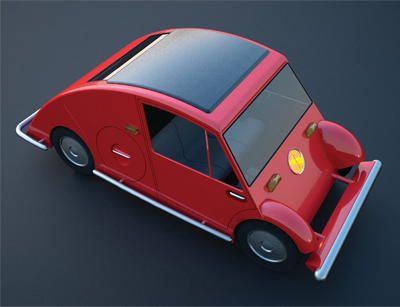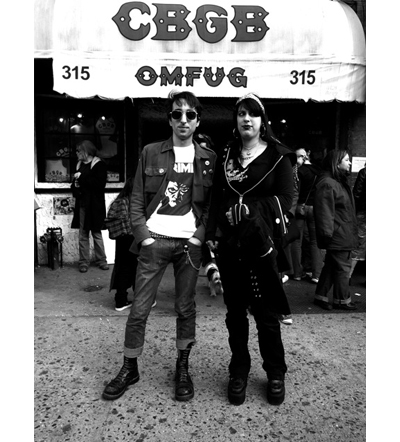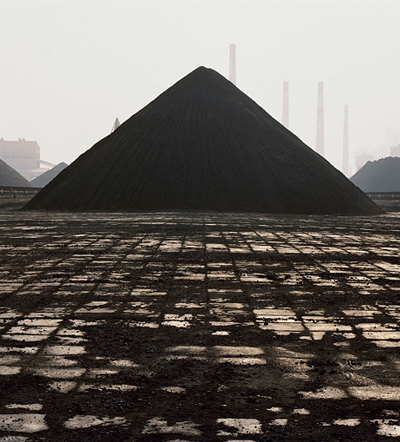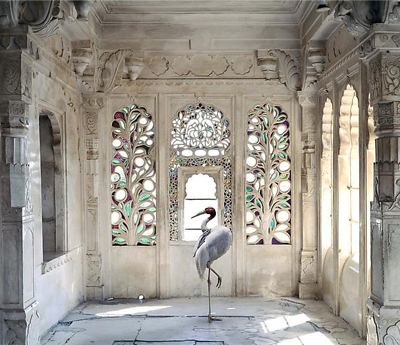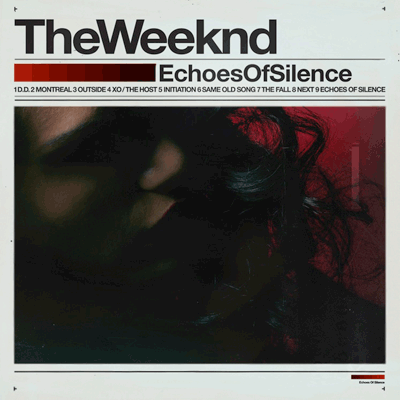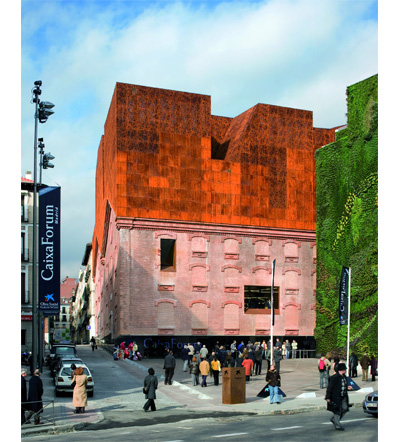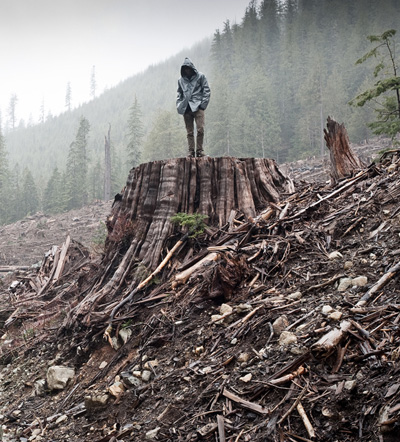
Photo by Ruvan Wijesooriya
This Thursday the best in Swedish music, art, and innovation comes together in Dumbo, of all places. The Galapagos Art Space will host Sweden Under the Bridge, an intimate acoustic event with performances by Nina Persson (a Cardigans alumna) and Nathan Larson, indie favorite Fibes, Oh Fibes! and up-and-comer Sibille Attar. The concert is in conjunction with a combined exhibition of contemporary photography from Lars Turnbjörk and Ruvan Wijesooriya, a video installation by Roxy Farhat, and digital art by MOCH. Some of Sweden’s famed djs will pick up where the concert leaves off. Entrance is free and an RSVP is necessary.
Slideshow




 Facebook
Facebook Permalink
Permalink Digg
Digg Reddit
Reddit LinkedIn
LinkedIn StumbleUpon
StumbleUpon Tumblr
Tumblr

